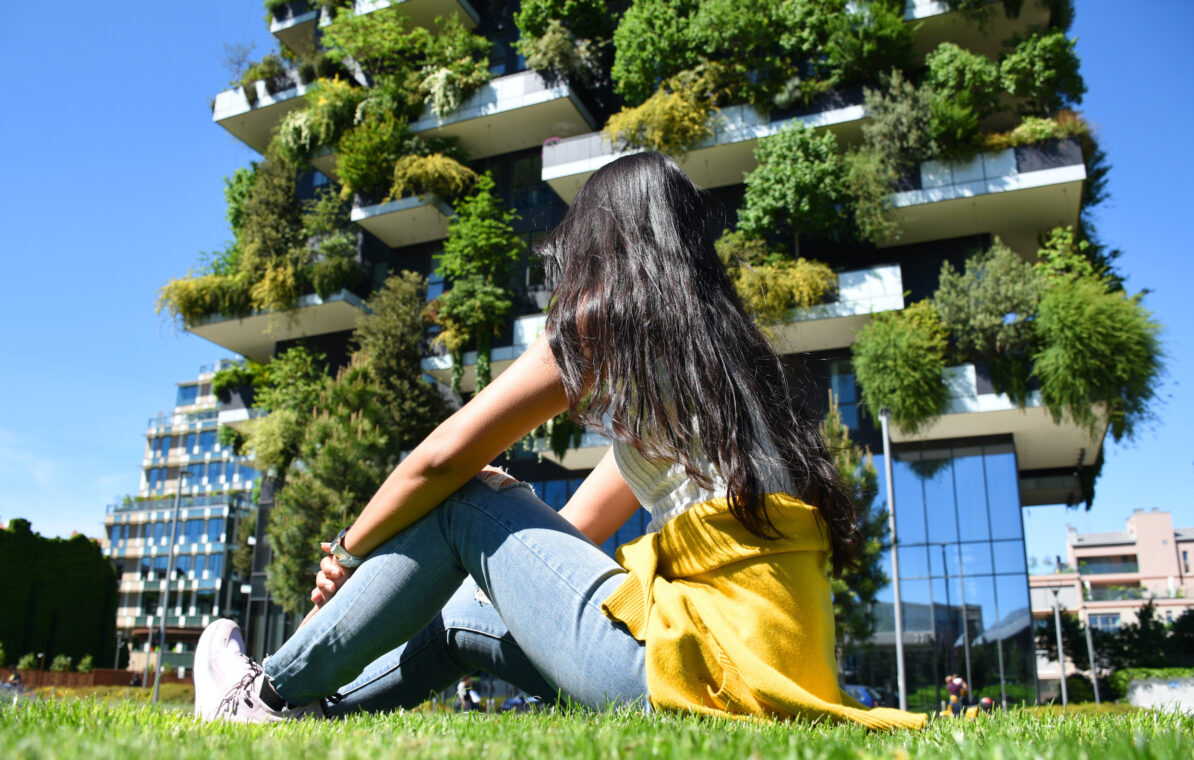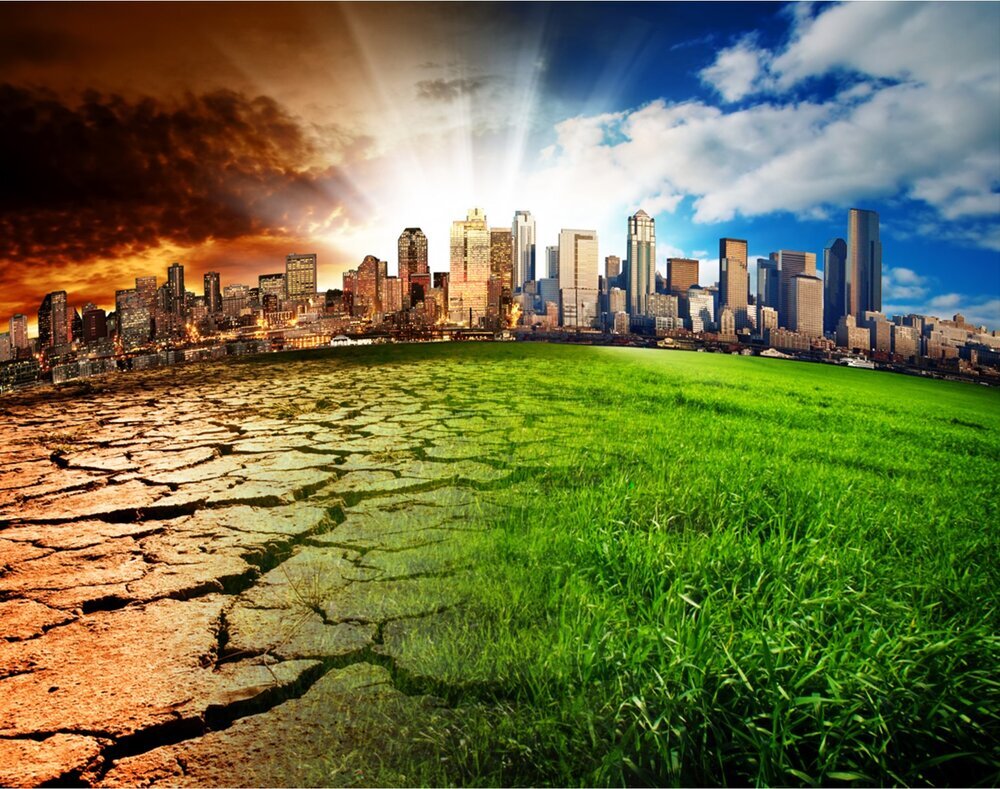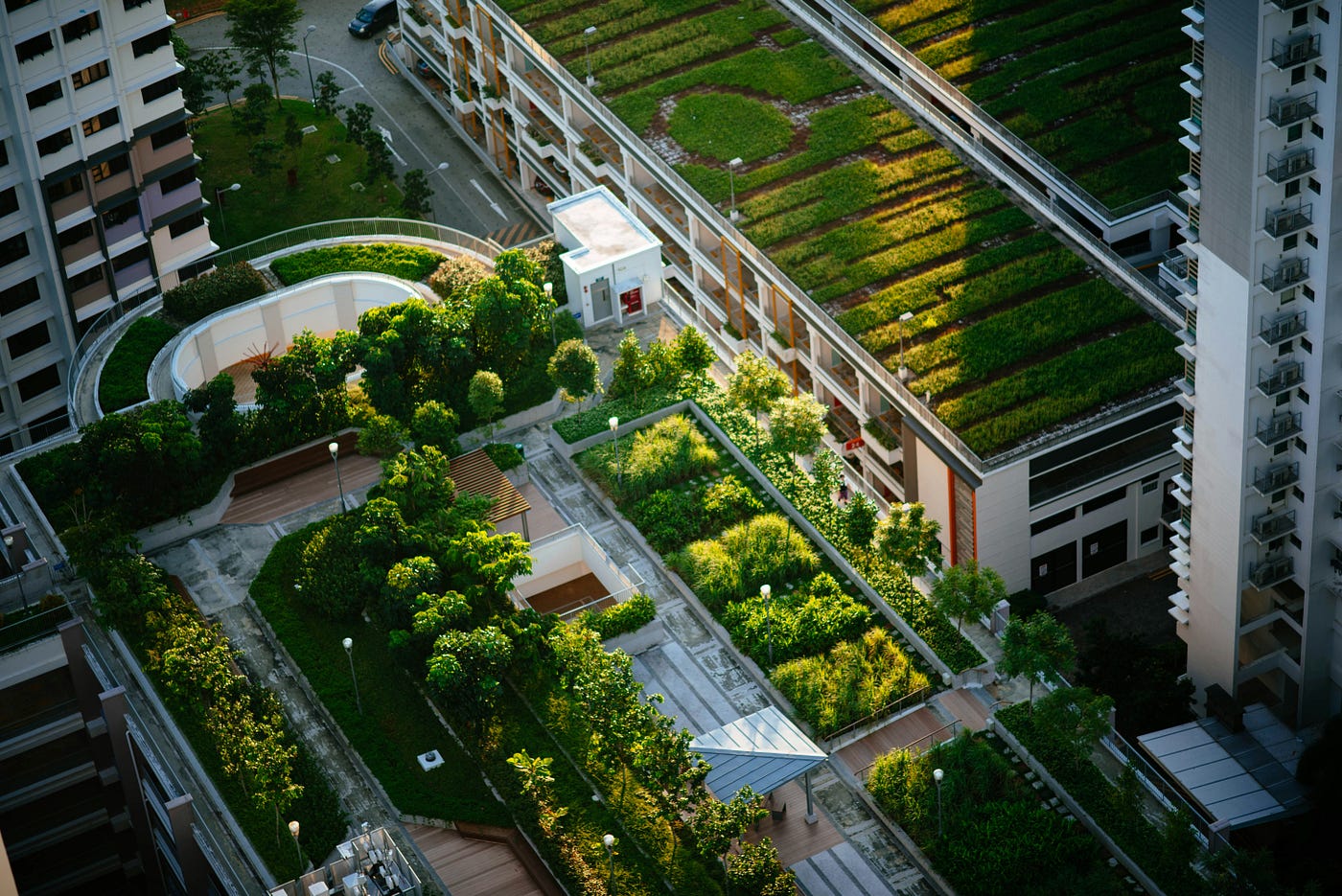Urban development has always been a hot topic, especially as cities grow larger and more complex. But in recent years, the focus has shifted towards making these developments sustainable. Sustainable urban development is about creating cities that are not only efficient and economically viable but also environmentally friendly and socially inclusive.
This approach to urban planning aims to balance the needs of today without compromising the ability of future generations to meet their own needs. It’s a concept that resonates deeply with contemporary urban planners and communities alike, including companies like Meyer Blue, who are pioneering innovative solutions in sustainable development.
Improved Quality of Life

One of the most significant benefits of sustainable urban development is the enhancement of the quality of life for city dwellers. This approach prioritizes green spaces, clean air, and water, as well as accessible public services.
By reducing pollution and promoting green energy, sustainable urban development helps create healthier living environments. Parks, community gardens, and green rooftops not only improve air quality but also provide recreational spaces for residents, encouraging physical activity and social interaction.
Moreover, sustainable urban planning often includes affordable housing initiatives, ensuring that people from all economic backgrounds have access to decent living conditions. By integrating mixed-income housing, cities can reduce the socioeconomic disparities that often plague urban areas. This holistic approach helps foster a sense of community and belonging among residents, ultimately contributing to a more cohesive and inclusive society.
Environmental Conservation
Another crucial benefit of sustainable urban development is its positive impact on the environment. Traditional urban development often leads to habitat destruction, loss of biodiversity, and increased carbon emissions. In contrast, sustainable urban development seeks to minimize these adverse effects through careful planning and the use of eco-friendly technologies.
For instance, green buildings are designed to use less energy and water, reducing their overall environmental footprint. These buildings often incorporate renewable energy sources like solar panels and wind turbines, further decreasing their reliance on fossil fuels. Additionally, sustainable urban planning emphasizes the preservation of natural landscapes and the creation of wildlife corridors, which help maintain biodiversity within urban areas.
Reduced Traffic Congestion

Traffic congestion is a common issue in many cities, leading to increased pollution, longer commute times, and higher stress levels for residents. Sustainable urban development addresses this problem by promoting the use of public transportation, cycling, and walking over private car use. By investing in efficient and reliable public transit systems, cities can reduce the number of vehicles on the road, easing traffic congestion and lowering emissions.
Furthermore, sustainable urban planning often includes the development of pedestrian-friendly infrastructure, such as wide sidewalks, bike lanes, and pedestrian crossings. This not only encourages people to choose healthier modes of transportation but also makes urban areas safer and more accessible for everyone, including those with disabilities.
Economic Benefits
Sustainable urban development is not just about environmental and social benefits; it also offers significant economic advantages. By creating more efficient cities, sustainable urban planning can lead to cost savings for both governments and residents. For example, energy-efficient buildings and infrastructure require less maintenance and have lower utility costs, translating to savings for property owners and tenants.
Moreover, sustainable cities often attract businesses and investors looking to capitalize on the growing demand for green products and services. This can lead to job creation and economic growth, further enhancing the city’s overall prosperity. Additionally, sustainable urban development can increase property values, as people are willing to pay a premium for homes in clean, green, and well-planned areas.
Enhanced Resilience to Climate Change

Climate change is one of the most pressing challenges facing the world today, and cities are particularly vulnerable to its impacts. Rising sea levels, extreme weather events, and heatwaves can all have devastating effects on urban areas. Sustainable urban development helps cities become more resilient to these threats by incorporating climate adaptation measures into their planning processes.
For instance, green infrastructure, such as permeable pavements, rain gardens, and green roofs, can help manage stormwater and reduce the risk of flooding. Urban forests and green spaces can mitigate the urban heat island effect, lowering temperatures and providing cooling relief during heatwaves. By integrating these and other adaptive strategies, sustainable urban development helps cities withstand and recover from climate-related events more effectively.
Social Equity and Inclusion
Sustainable urban development also plays a crucial role in promoting social equity and inclusion. Traditional urban development often leads to the marginalization of certain groups, particularly low-income communities and minorities. In contrast, sustainable urban planning aims to create inclusive cities where everyone has access to essential services and opportunities.
Promoting Community Engagement
An often-overlooked benefit of sustainable urban development is its potential to foster greater community engagement. Sustainable urban planning typically involves extensive consultation with residents and other stakeholders to ensure that development projects meet the needs and preferences of the community. This participatory approach helps build trust and collaboration between citizens and local authorities, leading to more successful and sustainable outcomes.
Encouraging Innovation

Sustainable urban development encourages innovation by pushing cities to find new and creative solutions to urban challenges. This can lead to the development of cutting-edge technologies and practices that can be applied in other areas, driving progress in fields such as renewable energy, waste management, and urban agriculture.
For example, the concept of smart cities, which use digital technology to improve urban services and infrastructure, is closely linked to sustainable urban development. By leveraging data and technology, smart cities can optimize resource use, reduce waste, and improve the quality of life for residents. This spirit of innovation not only benefits individual cities but also contributes to global efforts to create a more sustainable future.
In conclusion
the benefits of sustainable urban development are multifaceted, encompassing environmental, social, and economic dimensions. By prioritizing the well-being of people and the planet, sustainable urban planning can help create cities that are not only livable but also resilient and prosperous. As more cities embrace this approach, we can look forward to a future where urban areas are healthier, greener, and more inclusive, providing a better quality of life for all their inhabitants



